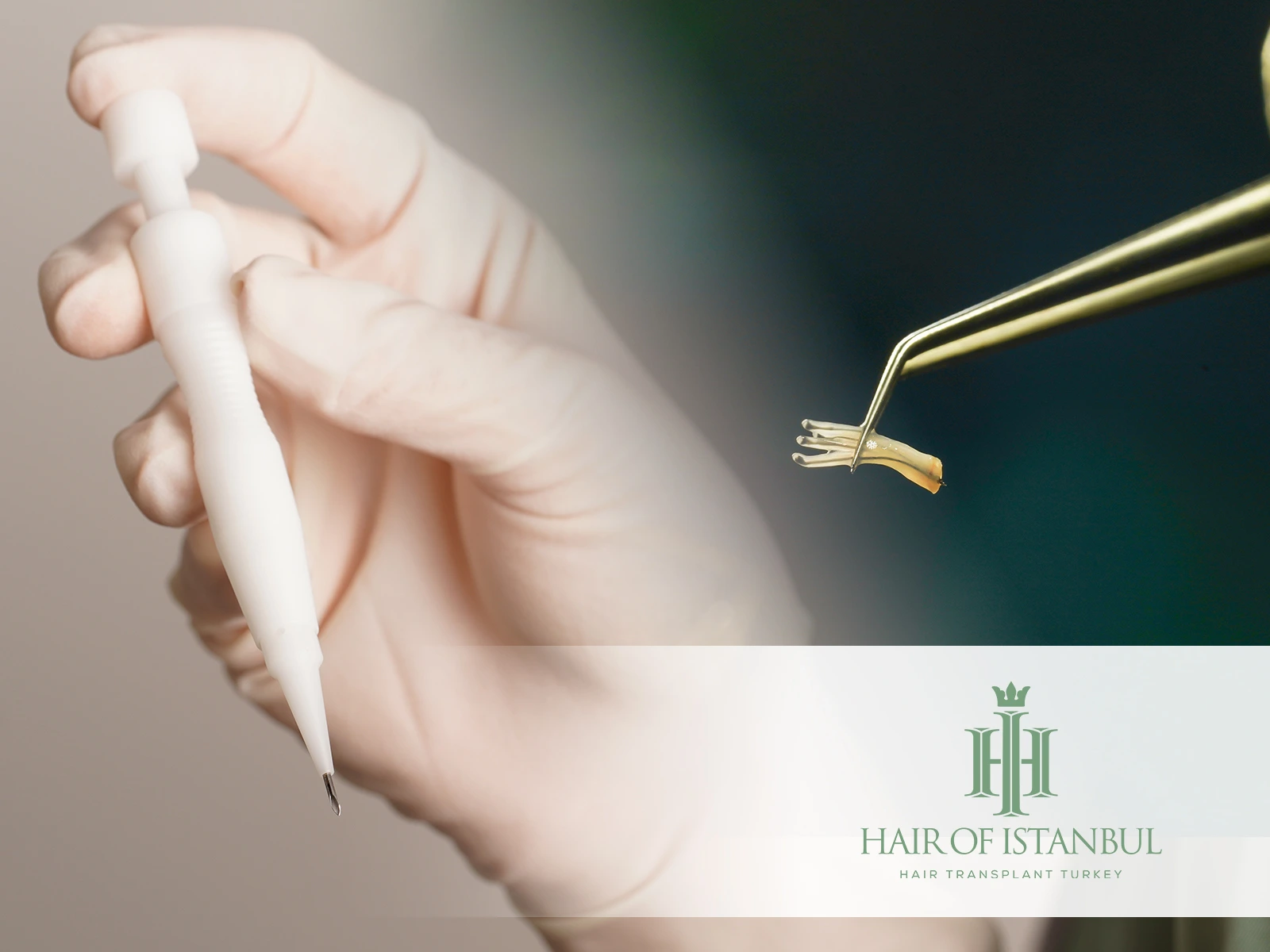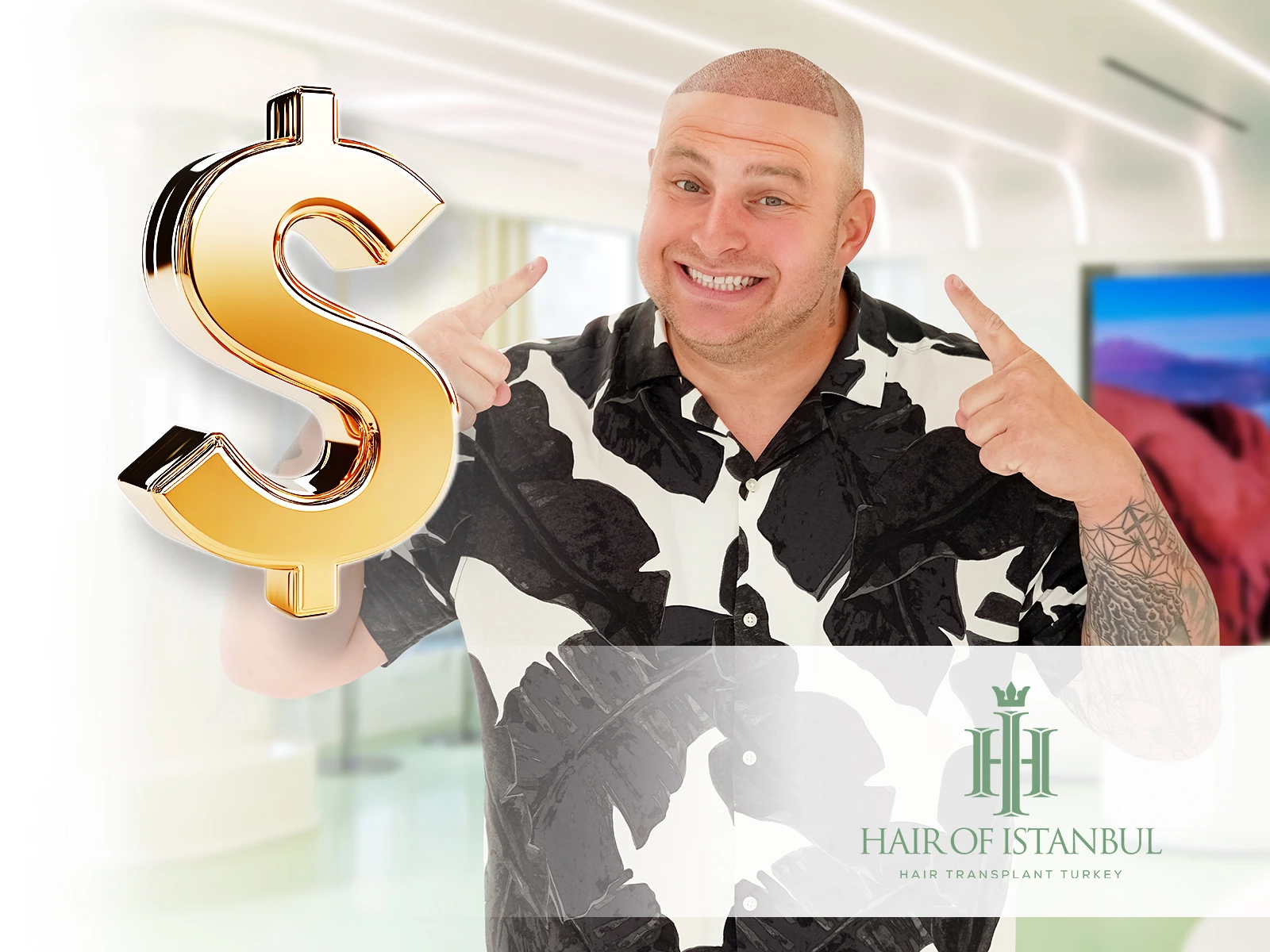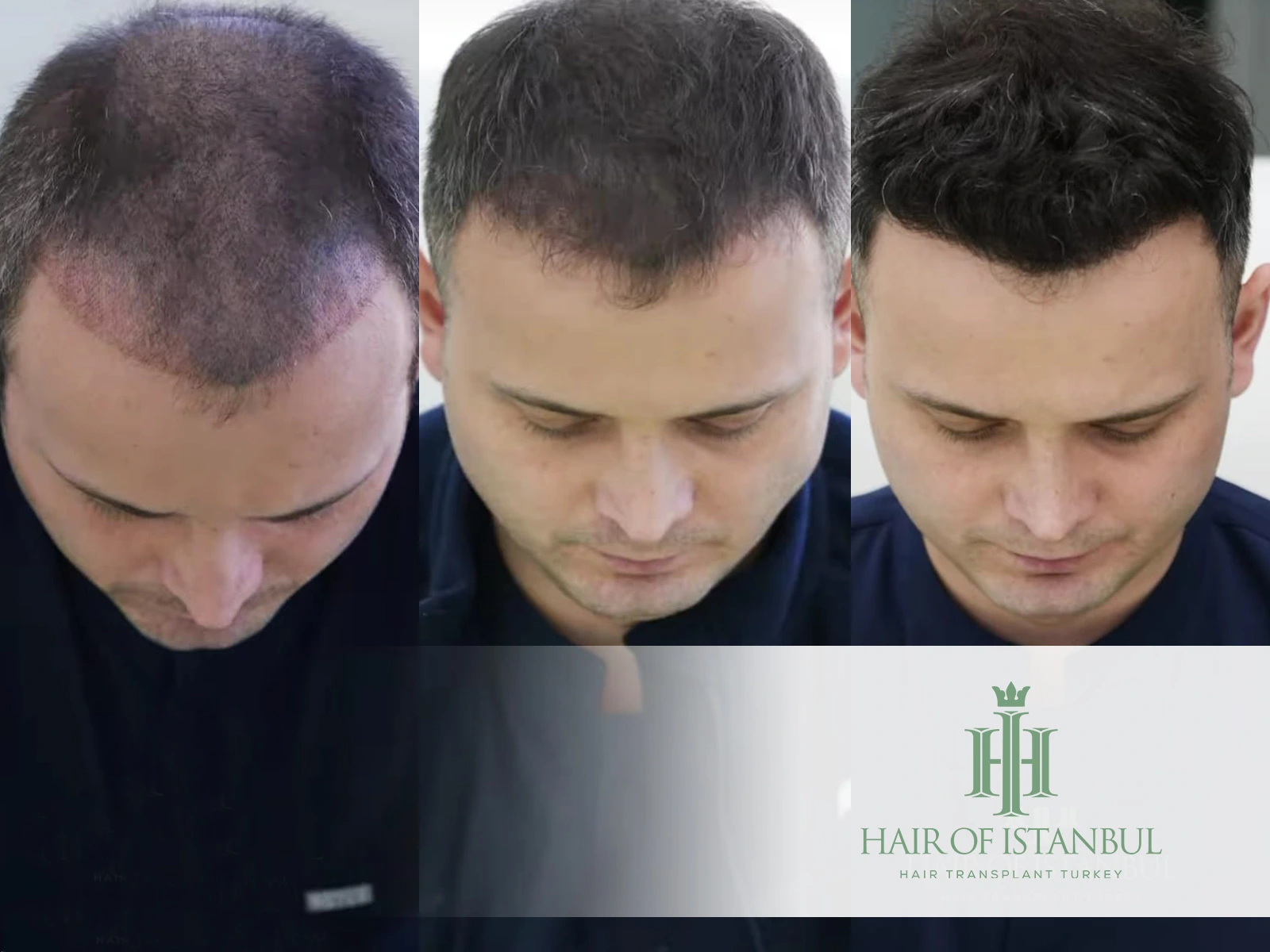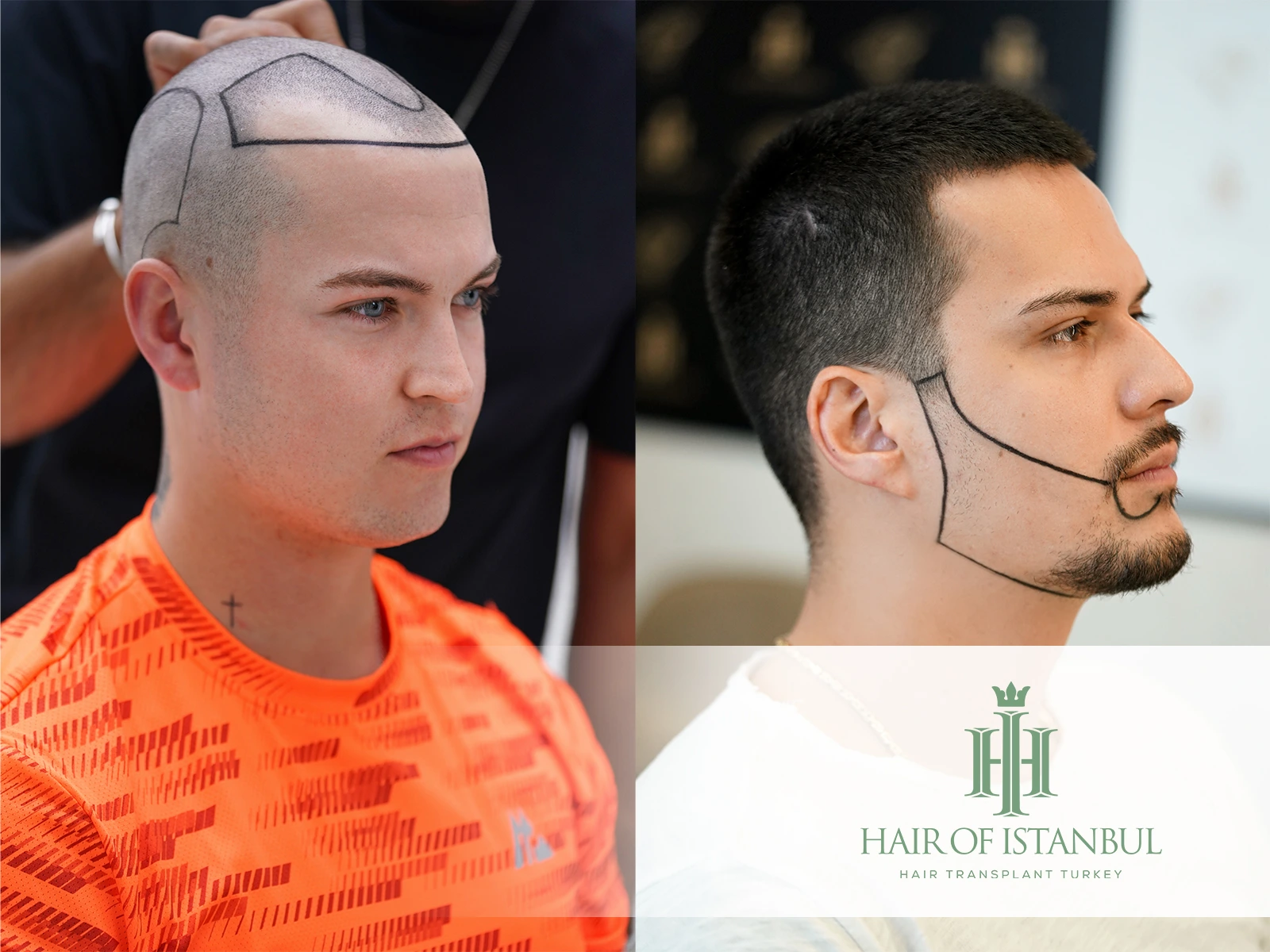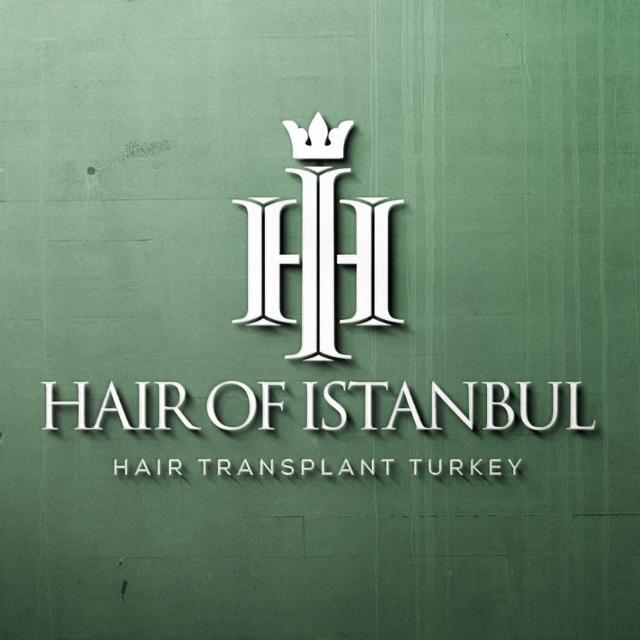Mature Vs Receding Hairline: What’s The Real Difference?
Changes in our hairline can spark a range of emotions and questions. Is this a natural progression of age or the start of hair loss? The distinction between a mature hairline and a receding one is essential but often misunderstood. They both relate to the aging process, yet their causes and implications are distinct. This guide aims to clearly outline these differences to ease concerns and provide clarity. [1]
What Is A Mature Hairline?
A mature hairline is a natural evolution for many as they age. This shift sees the hairline move slightly upward from the temples, often establishing itself by the age of 27. This progression typically manifests as an “M” shaped hairline, marking a subtle change from one’s youthful hairline. [2]
While some might confuse it with a receding hairline, there’s a notable difference. A receding hairline indicates more significant hair loss, moving beyond the pattern of a mature hairline. Understanding this distinction ensures that individuals approach hair care and treatments with clarity and confidence.
What Does A Mature Hairline Look Like?
A mature hairline stands out significantly from its youthful counterpart. While the youthful hairline generally has a more rounded appearance, the mature hairline tends to adopt a more “V” shape, with the defining feature of a peak at its center. This peak often becomes the defining feature and distinguishes a mature hairline from others.
Characteristics of Maturing Hairlines
Many men and women naturally transition from their youthful hairlines as they age. By the end of their teenage years, a shift begins, often revealing more of the forehead as the hairline recedes. This change, a common sign of maturing hair, doesn’t always indicate hair loss but is rather a part of natural aging.
For those curious about managing or understanding this transformation, refer to our detailed treatment recommendations and explanations provided in the table below. [3]
| Reason | Outcome |
| Hairline recedes in a very even manner. | The change might go unnoticed for a prolonged period. |
| Hairline usually doesn’t move more than an inch above the highest wrinkle on your forehead. | Ensures that a significant portion of the forehead remains covered, maintaining a balanced facial appearance. |
| Even as the shape starts changing, the hairline remains distinct. | Common outcomes include the hair at the temples receding slightly and a gentle “V” shape forming. |
| No other hair thinning or loss around the scalp region. | The maturing process is confined to the hairline, without affecting the overall density of the scalp’s hair. |
Is Your Hairline Receding Straight or Even?
Hair loss doesn’t always follow a predictable pattern. In fact, studies have shown that male pattern baldness often leads to asymmetrical hair loss. This means you may notice more hair thinning on one side of your hairline than the other. [4]
This disparity may be troubling to some, as the expectation is usually a consistent regression line. However, it is important to remember that everyone’s hair loss journey is unique. If you observe this asymmetry, you’ll see that it’s just one of several ways your hairlines develop over time.
Is Your Hairline 2-3 Cm (1-1.5 Inches) Above Your Highest Forehead Crease?
Assessing the position of your hairline in relation to facial features can provide insights into its maturity. A mature hairline typically halts its upward journey around 1-1.5 inches above the topmost forehead crease. If you observe your hairline advancing further, past this point and deeper into the scalp, it might be an indication of a receding hairline rather than just natural maturation. [5]
Also Read: Understanding Average Forehead Size
What Is A Receding Hairline?
A receding hairline signifies the thinning or shedding of hair on the scalp, most notably starting from the temples and affecting the front and top regions of the head. It’s a phenomenon that, while often associated with aging, can stem from various factors, including genetics, hormones, or environmental influences. [6]
Though more prevalent in men, women can also experience this condition. The silver lining is that for many individuals, a receding hairline can be treated or managed. With advancements in hair care and medical treatments, there are avenues to potentially reverse or mitigate this hair shift, restoring confidence and a fuller hair appearance.
What Is The Difference Between A Mature Hairline And A Receding Hairline?
When examining your hairline, a simple test involves looking in the mirror and raising your eyebrows. If you can’t fit more than a finger’s width between your hairline and the highest crease of your forehead (where your youthful hairline once was), it’s likely indicative of a mature hairline. [7]
However, distinguishing a mature hairline from a receding one requires keen observation. To understand these nuanced differences, consult the table we’ve prepared on the distinct characteristics of both.
| Mature Hairline | Receding Hairline | |
| Hair Loss Duration | Over time, over the years, a normal amount of shedding occurs. | Usually, shedding occurs at an early age and quickly. |
| Symptoms | The hairline moves backwards from the jokes usually occurs in an area up to 1.5 cm from the original hairline | Rapid hair loss on the temples and forehead, and in some cases, hair loss on the crown often exceeds 1.5 cm. |
| Reasons | Age | Male pattern baldness; less often traction alopecia and other lifestyle factors are the main causes |
Also Read: 8000 Grafts Hair Transplant: Everything You Need to Know
Why Does The Hairline Change?
Changes in one’s hairline are a natural part of the aging process. For most, as the years go by, subtle to noticeable shifts in the shape and position of the hairline emerge. Genetics play a pivotal role in determining how these changes manifest, leading some individuals to experience more pronounced transformations in their hairline than others.
While there’s a common expectation for hairlines to evolve with age, there are rare instances where someone’s hairline remains virtually unchanged throughout their lifetime. But it’s important to note that such consistency is the exception, not the norm. Understanding these dynamics can provide a sense of ease and preparedness as one observes their hair’s journey over the years.
Is A Mature Hairline A Sign Of Male Pattern Baldness?
Though both mature hairlines and receding hairlines may arise from the same hormones like testosterone and DHT, it’s crucial to differentiate the two. A mature hairline doesn’t necessarily signal genetic hair loss.
All men produce testosterone and DHT, and a slight thinning or retraction of the hairline is a typical part of aging. It’s essential to discern these natural hairline changes from potential signs of male pattern baldness, ensuring accurate understanding and response to hair health.
What Is The Difference Between A Man’s And A Woman’s Receding Hairline?
Men and women experience receding hairlines differently. While men may lose their hair quickly or notice an “M” shaped recession, women tend to lose their hair more slowly; It starts with thinning at the top and then spreads evenly across the scalp. Additionally, women’s hairlines are often rounder and sit lower on the forehead, providing a soft frame to the face.
Although both sexes can exhibit crown peaking, it is less pronounced in women, making the distinction between male and female hairlines even more pronounced. Recognizing these differences is very important for personalized hair care approaches.
Also Read: Failed Hair Transplant: Causes, Solutions, and Preventions
What Should You Do If Your Hairline Is Receding?
For those grappling with hair loss, there’s hope. An expanding range of therapies, treatments, and at-home remedies exists to enhance both the health and appearance of your hair. Whether you’re a man noticing a distinct “M” shape forming or a woman seeing thinning at the crown, tailored solutions cater to each hair loss pattern.
| Healthy Diet | While a hair transplant addresses the physical aspect of hair loss, a balanced diet nourishes the new grafts and promotes their longevity. |
| Medications | These can either complement the effects of a hair transplant or be an alternative for those not ready for surgical procedures. |
| Herbal Remedies | Some opt for natural treatments in tandem with hair transplants to promote a holistic healing and growth process. |
| Hair Transplantation | A surgical procedure where hair follicles from one part of the body are moved to balding areas, offering a more permanent solution to hair loss. |
| PRP Therapy | Enhances the results of a hair transplant by utilizing one’s own platelet-rich plasma to stimulate hair growth. |
| Gentle Shampoo | Ensures the health of the transplanted hair and prevents damage or loss of newly grafted follicles. |
| Essential Oils | Often used after a transplant to soothe the scalp, reduce inflammation, and enhance the health of new hair. |
| Scalp Massage | Boosts blood circulation, benefiting the health and growth of both native and transplanted hair. |
| Change Hair Style | After a transplant, adopting a hairstyle that reduces tension on the new grafts can help in their successful integration. |
| Lower DHT Levels | Reducing DHT, a primary cause of male pattern baldness, can protect both existing and transplanted hair from future thinning. |
| Manage Stress and Anxiety | Emotional well-being is essential, as stress can hinder the success of a hair transplant and exacerbate hair loss. |
* While many treatments offer limited benefits for hair loss, hair transplantation stands out as the most effective and permanent solution.
FAQ
Is my hairline maturing or receding?
Distinguishing between a maturing and a receding hairline can sometimes be tricky. While both involve shifts in the hairline, their pace and pattern differ. A maturing hairline evolves gradually over time, often so subtly that it’s hard to pinpoint its progression.
On the other hand, if you observe the hairline at your temples moving back rapidly, it’s more indicative of a receding pattern. Being aware of these nuances helps in understanding the natural changes in your hair and planning any potential treatments.
Is a mature hairline not balding?
A mature hairline often raises concerns about potential balding, especially when changes are first noticed. However, it’s important to clarify that a maturing hairline doesn’t directly equate to male pattern baldness. Despite being influenced by the same hormones, such as testosterone and DHT, a mature hairline is a natural evolution in many men’s lives.
Experiencing minor shedding or shifts in the hairline doesn’t always signal impending baldness. Recognizing this distinction can alleviate concerns and provide clarity on one’s hair journey.
At what age does hair loss stabilize?
Typically, by the age of 35, hair loss patterns stabilize, offering a clearer picture of one’s hair future. While the presence of hormones like DHT and testosterone means some hair shedding is standard, it doesn’t always equate to significant hair loss or balding.
What does a healthy hairline look like?
A healthy hairline isn’t defined by a single “look.” With diversity in our genetics, each person’s hairline can present uniquely. Some might sit higher on the forehead, while others remain lower; features like a widow’s peak or a cowlick can add to this individuality. What’s crucial to understand is that these variations don’t indicate health or lack thereof.
Also Read: How Syphilis Causes Hair Loss? Learn Its Effect and Treatment!
CONCLUSION
In the vast realm of hair health, understanding the nuances between a mature and a receding hairline can be the key to appropriate care and timely interventions. A mature hairline represents a natural progression for many men, a sign of growing into their prime. On the flip side, a receding hairline can indicate underlying genetic factors and requires a different approach for treatment. Knowledge is power; discerning these differences ensures that individuals take steps aligning with their hair health needs.
For those who are concerned about hair loss or wish to seek professional guidance, our clinic, Hair of Istanbul, is equipped with cutting-edge technology and a team of dedicated specialists. We pride ourselves on offering transformative hair transplantation services tailored to individual needs.
If you’re considering taking the next step, we invite you to explore the exceptional treatments available at Hair of Istanbul. Your journey towards hair confidence could be just a consultation away.
References:
- [1] Treatment Rooms, Nov 25, 2021 – Mature Hairline Vs Receding Hairline – https://www.treatmentroomslondon.com/hair-loss/mature-hairline-vs-receding-hairline/
- [2] Luat Duong, Mai 27, 2023 – Mature Hairline: What Is It & How To Handle – https://scandinavianbiolabs.com/blogs/journal/mature-hairline
- [3] Sunil Nagarajan, Dez 22, 2022 – Receding Hairline Vs. Maturing Hairline – Time for Caution? – https://www.thehairypill.com.au/receding-hairline-vs-maturing-hairline
- [4] Grace Gallagher, Feb 01, 2021 – What Does a Normal Hairline Look Like? – https://www.healthline.com/health/beauty-skin-care/normal-hairline
- [5] Wimpole Clinic, Mar 30, 2022 – Mature Hairline Vs Receding Hairline: What’s Difference? – https://wimpoleclinic.com/blog/mature-hairline-vs-receding-hairline-whats-the-difference/
- [6] Sherry Christiansen, Apr 13, 2023 – What Causes a Receding Hairline and How to Reverse It – https://www.verywellhealth.com/receding-hairline-overview-4684593
- [7] Dr. Suhail Alam, Apr 27, 2022 – Do You Have A Mature Haırlıne? Here’s Everythıng That You Need To Know – https://aventusclinic.com/mature-hairline/

